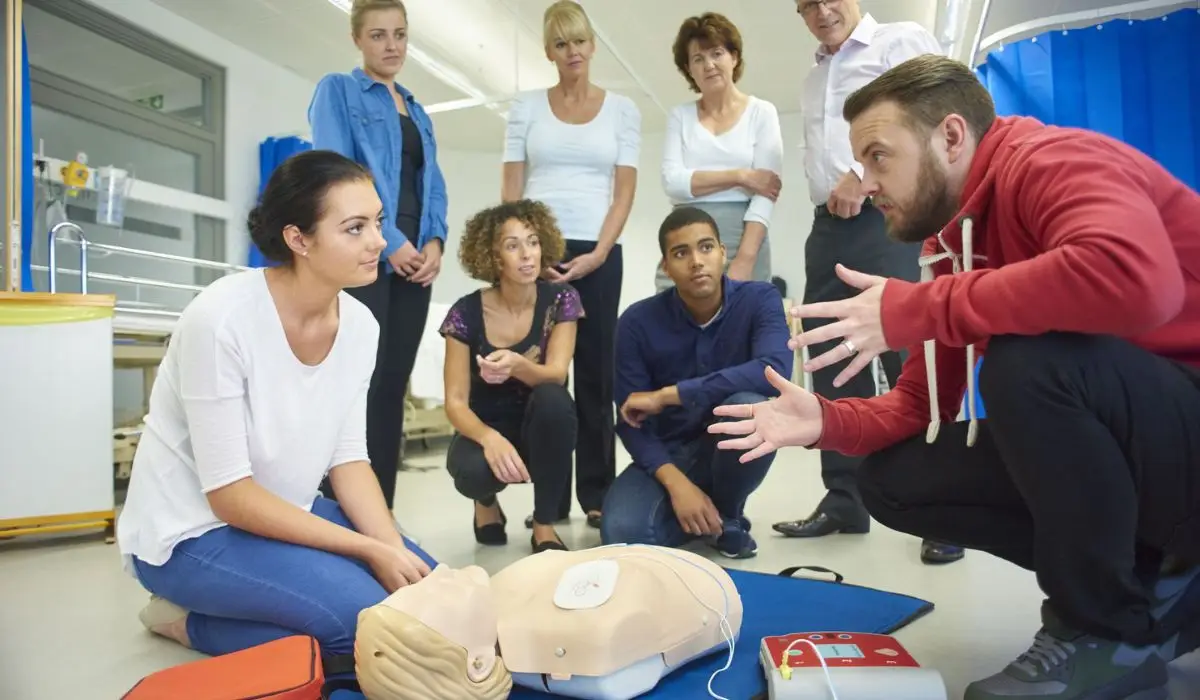
Why Do You Need To Be A Certified HeartSaver First Aid CPR AED?
Knowing how to help in case of a heart attack and using the tools can save a life. That is why proper training is essential. Illinois Safety is the best place to get training and certification in CPR AED. Our classes will ensure that your team is prepared for any emergency. Contact us at (630) 290-4280 and let us help you be a certified lifesaver.
Our goal is to ensure that everyone can get good safety training to work in a safe and healthy place. Check out our safety training classes and visit our FAQs page to answer more of your questions.
6 Advantages Of Being A Certified HeartSaver First Aid CPR AED

Every year, more than 383,000 people in the United States die of a heart attack outside of a hospital. People with cardiac arrest outside of a hospital only make it 10.6% of the time. People could live longer if more people knew CPR and AED.
Bystander effectiveness The AHA says that CPR can increase a person’s chance of survival by two or three times. Listed below are some of the benefits of being a Certified HeartSaver First Aid CPR AED:
1. Save Life
CPR, AED, and first aid training can save someone’s life. A cardiac arrest happens when a person’s heart stops beating, and they can not breathe. They will die if they do not get help right away. People trained in first aid have the skills and expertise to help save a life in these cases.
They can figure out what is going on and start CPR if needed. They also know what AED or an automated external defibrillator (AED) is and how to use it. This can make the difference between life and death for someone with a cardiac arrest.
2. Prepare For The Unexpected
No one knows when an emergency will happen, but you can be ready. This course can give you the confidence to help someone if it could threaten their life.
If someone needs medical help and you know CPR and how to use an AED, you can feel more confident and ready to help. This skill can save lives and can be learned by anyone. Getting a certificate does not take long, so it is worth the effort.
3. It’s A Valuable Skill To Have At Work
CPR and AED skills aren’t needed for every job, but they can be helpful. These people might be reliable and able to handle emergencies. Employees who have been trained may get a raise or be treated better.
Learning it can help in an emergency. This is a must for people who work in high-stress jobs. Your job can be more valuable if you know what to do in an emergency.
Think about getting CPR and AED certifications to be ready and stand out. It might be what you should do.
4. Know The Basics Of Medical Treatment
Time is of the essence when it comes to medical emergency cases. That is why it is essential to have someone who can give basic medical care until help from an expert comes. Even though many people are trained in CPR and AED, not everyone knows the basics of first aid.
Knowing how to give basic first aid can make the difference between life and death in an emergency. It can also make the difference between getting better and staying in the hospital longer. Because of this, everyone needs to take the time to learn the basics of first aid.
After you finish this course, you will know how to handle various medical cases. You will learn how to do CPR and how to use an AED. You will also know how to treat minor cuts and bruises. You will also be able to spot the signs of a heart attack or stroke and act on them.
5. Learn From Experts
The course is taught by a person who meets the AHA’s strict training, education, and experience requirements. After the course, you will learn how to do CPR and use an AED. That means you might be able to save someone’s life when their life is in danger.

6. Long-Term Certificate
Read on to find out how long CPR certification last. This certificate is valid for two years. This means you must take the refresher course to keep your certification. But it would help if you always ask your provider when they need to renew.
This information is usually on your certification card. It’s essential to keep learning CPR and renew your certification when necessary.
Lastly, if you get certified as a first responder, you’ll have more control over your safety. When going into a potentially dangerous situation, it’s easier to feel safe if you have the right tools. If you have these skills, you will not only be able to help yourself, but you will also be a big help in an emergency.
Illinois Safety
Illinois Safety is a safety training company based in the state of Illinois. We offer a variety of classes to help people protect their employees and make their workplaces safer. In our Heartsaver First Aid CPR AED class, we go over everything. We teach from the basics of first aid to more advanced ones that could save someone’s life.
Call (630) 290-4280 or email us if you’re looking for CPR certification near me.
Illinois Safety Offers The Services As Follows:
Other Articles We’ve Hand-Picked For You:
Frequently Asked Questions
The AHA CPR Certification is more widely accepted by healthcare professionals because it is considered slightly more extensive as well as more difficult. While the Red Cross accepts 80% or higher on their exams as passing, the AHA requires 84% or higher.
The fundamental components of CPR are easily remembered as “CAB”:
- C for compressions – Chest compressions can help the flow of blood to the heart, brain, and other organs.
- A for airway
- B for breathing
CPR and BLS training typically include keeping the victim’s airway open and promoting blood circulation without the use of mechanical aid, among other critical rescue techniques. The primary distinction between BLS and CPR is that BLS includes life-saving techniques required in a medical or hospital setting.
No, the class is not difficult; however, when compared to lay rescuer CPR & First Aid classes, there is more information covered and the skill requirements are slightly more technical.
Heartsaver First Aid Cpr Aed Course in Chicagoland, IL
HeartSaver First Aid
American Heart Association HeartSaver First Aid is an instructor-led course that teaches students critical skills to respond to and manage an emergency in the first few minutes until emergency medical services arrives. Students learn duties and responsibilities of first aid rescuers; first aid actions for medical emergencies, including severe choking, heart attack and stroke; and skills for handling injury and environmental emergencies, including external bleeding, broken bones and sprains, and bites and stings.
By completing this course, you gain valuable lifesaving skills. You can be better prepared for an emergency situation and know exactly what to do. Whether your profession requires this knowledge or you simply want to improve your preparedness, this course provides the information needed to make a difference when quick action is required. HeartSaver First Aid is approximately 1.5 hours long. per student. Students will receive their certificate the same day as class.


HeartSaver CPR AED
American Heart Association HeartSaver CPR AED is an instructor-led course that teaches adult and child CPR and AED use, infant CPR, and how to relieve choking in adults, children and infants. This CPR and AED training course teaches skills with the AHA’s research-proven practice-while-watching technique, which allows instructors to observe the students, provide feedback and guide the students’ learning of skills.
When taking CPR and AED classes, you’ll gain not only the skills necessary to save a life, but also the personal satisfaction and confidence that comes with having them. This training can be an important step in your professional development, as well, because many jobs require this level of certification. HeartSaver CPR AED is approximately 1.5 hours long. Students will receive their certificate the same day as class.
Who Benefits From These Courses?
These courses are for anyone with limited or no medical training who needs a course completion card in first aid or CPR and AED use to meet job, regulatory or other requirements. Jobs that require this certificate may include daycare workers, teachers, personal trainers and many more! However, these are far from the only people who can benefit from this type of education. Family members could use these skills to address medical emergencies in their homes. Workplace representatives can be called upon to help co-workers in need of immediate intervention.
To learn more about the first aid or CPR and AED certification in Chicago we provide, sign up for a class today or refer to the information on this page. With our expertise, you can become a lifesaver in your home, school or office.
Heartsaver First Aid CPR AED
Students are able to combine HeartSaver First Aid and HeartSaver CPR AED classes to a single HeartSaver First Aid CPR AED Certification. This course will cover how to perform CPR, how to use an AED, and choking releif for adults, children, and infants. Additionally, this course will cover all the same first aid topics. These topics include how to respond to an emergency, environmental emergencies, traumatic emergencies, and more!
The American Heart Association HeartSaver First Aid CPR AED is approximately 3 hours long and certifications are issued at the end of class.












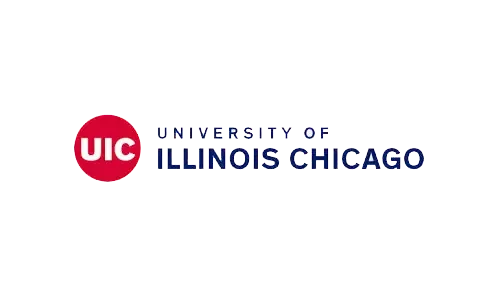























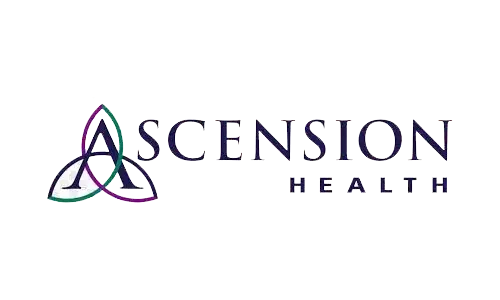
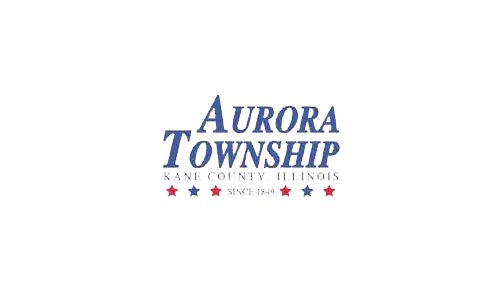

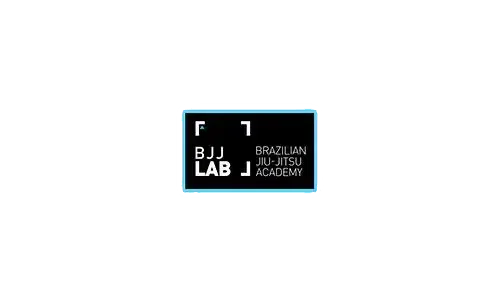


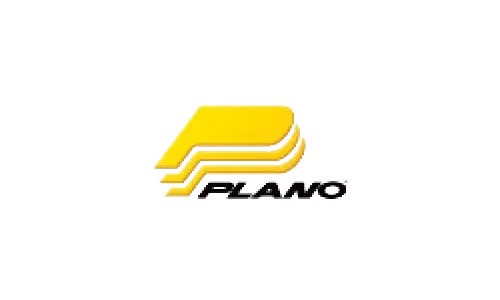







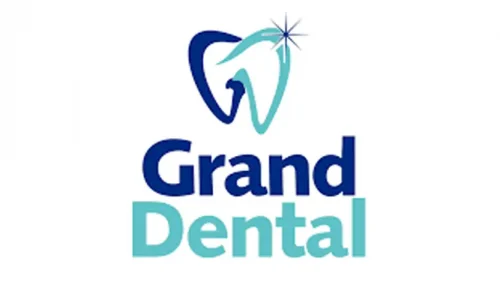





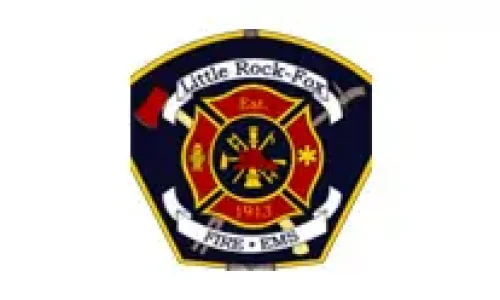




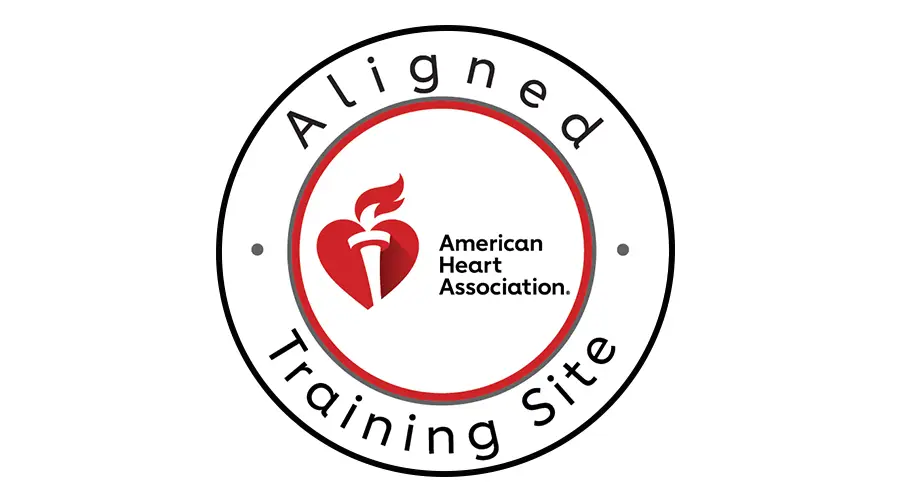
 Powered by
Powered by